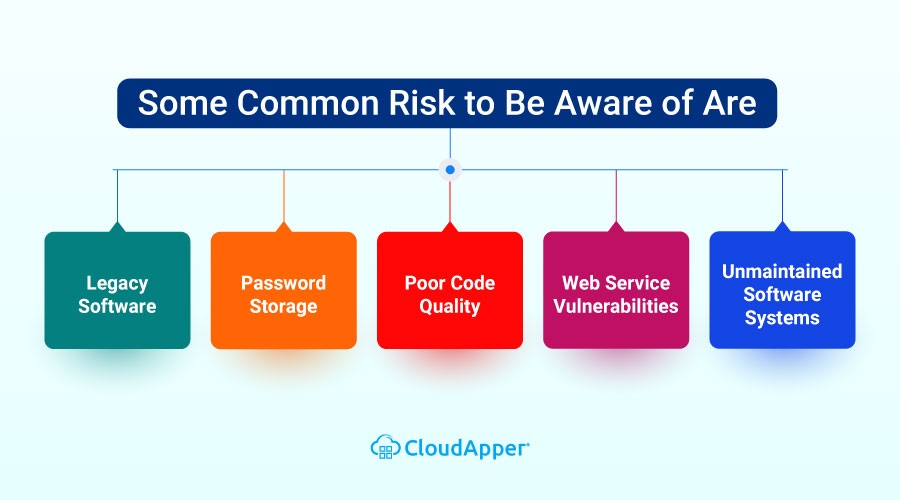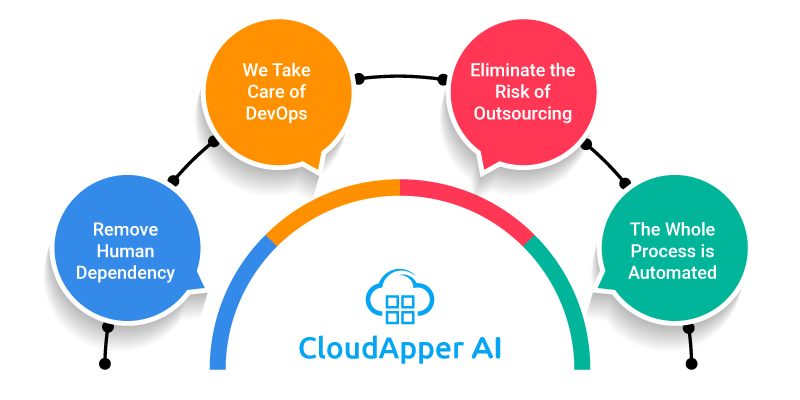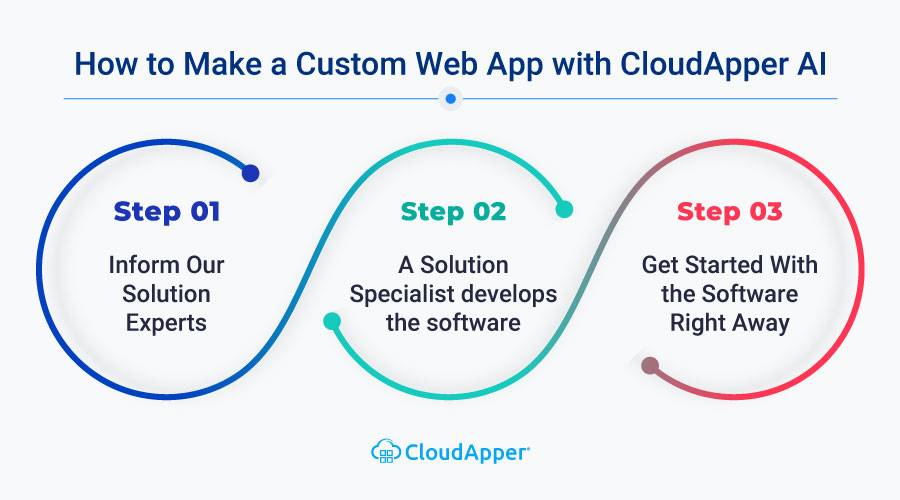A Complete Guide to Building Powerful, Scalable Android and iOS Apps for Business Growth
The world of enterprise mobile app development in 2025 is evolving faster than ever. Businesses in the USA are embracing mobile-first strategies, cloud-based solutions, and AI-powered apps to enhance productivity, customer engagement, and ROI. Whether you’re a startup, a mid-sized company, or a large enterprise, having a custom mobile app has become essential for success in today’s digital-first economy.
With the rapid adoption of AI, machine learning, 5G connectivity, and cross-platform mobile technologies, businesses are no longer asking if they should build a mobile app — they’re asking how to build the best enterprise-grade app that scales, performs, and delivers measurable business value.
🔹 What Is an Enterprise-Grade Mobile Application?
An enterprise-grade mobile application is a high-performance app built specifically to meet the needs of large organizations. These apps are designed for scalability, security, multi-user access, and integration with enterprise systems like CRM, ERP, or cloud platforms.
In 2025, leading enterprise apps are developed using the latest frameworks such as Flutter, React Native, Swift, and Kotlin, combined with AI, blockchain, and cloud-native architectures.
🔹 Key Benefits of Enterprise Mobile Applications
Building a mobile app for enterprise gives businesses in the U.S. a competitive edge through:
Enhanced Productivity – Real-time access to company data and workflows.
Stronger Security – Encrypted databases and multi-factor authentication protect sensitive data.
Improved Collaboration – Cloud-based apps integrate with tools like Microsoft Teams, Slack, or Salesforce.
Scalability – Enterprise apps are built to support thousands of users.
Better Customer Experience – Personalized user journeys powered by AI and analytics.
Step 1: Define Your Business Goals and Target Audience
Before development, identify your business objectives, user base, and mobile app strategy. This helps in choosing the right platform (Android, iOS, or cross-platform) and defining key features that deliver value.
Step 2: Choose the Right Technology Stack
In 2025, developers prefer cross-platform frameworks such as Flutter or React Native for faster delivery, while Swift (for iOS) and Kotlin (for Android) are popular for native development. Integrate cloud computing, AI, and API-based systems to make your app more intelligent and future-ready.
Step 3: Prioritize UI/UX Design
User experience defines success in mobile apps. A clean, modern, and responsive UI/UX design is critical for engagement. In 2025, design trends focus on minimalism, dark mode, voice navigation, and AI-driven personalization.
Step 4: Ensure Enterprise-Level Security
Security remains a top priority for all enterprise applications. Implement data encryption, multi-factor authentication (MFA), role-based access, and secure APIs. Following GDPR, CCPA, and HIPAA compliance standards is mandatory for U.S.-based companies handling user data.
Step 5: Test, Launch, and Scale
Thorough app testing ensures performance, scalability, and security. Perform unit testing, integration testing, and user acceptance testing (UAT). Post-launch, use analytics tools and AI-based insights to track performance and optimize user experience.
🔹 Mobile App Development Trends Dominating 2025
AI-Powered Apps improving personalization and automation.
Blockchain-based apps increasing transaction transparency.
IoT-enabled solutions connecting devices seamlessly.
5G and edge computing enhancing mobile app speed.
Voice-activated apps dominating the accessibility market.
Progressive Web Apps (PWAs) bridging web and mobile experiences.
🔹 Cost of Enterprise App Development in 2025
The cost of enterprise-grade app development in the USA varies from $50,000 to $100,000+, depending on app complexity, features, platform, and technology stack. Partnering with a top mobile app development company in the USA ensures a scalable and secure app tailored to your business goals.
🔹 Why Choose a U.S.-Based Mobile App Development Partner?
Working with an experienced mobile app development company in the USA guarantees transparency, quality, and compliance with the latest Google SEO, data privacy, and AI standards. U.S. companies specialize in custom Android app development, iOS app solutions, and enterprise-grade app management systems.
Image Recognition Market Size
The mobile app development landscape is highly dynamic and is always in the process of undergoing change. Businesses need to make adjustments in order to maintain their level of competitiveness in light of the proliferation of mobile devices and the rising demand for mobile applications. The environment is being shaped in significant part by a number of key variables, including developing technologies (such as AI and IoT), shifting user expectations, and evolving platforms (iOS, Android, etc.). In order to provide outstanding mobile experiences, businesses need to be current with the most recent industry trends and technological developments.
The importance of Enterprise-Grade mobile application for businesses Mobile applications provide several benefits for businesses, including the following:
Enhanced Customer Engagement
Mobile applications give a direct and customized channel to communicate with customers, deliver important services, and establish brand loyalty. This is one of the primary benefits of using mobile apps.
Streamlined Operations
Mobile apps may streamline operations by optimizing internal processes, automating tasks, and improving efficiency, which in turn leads to cost savings and higher productivity.
A Competitive Advantage
An organization that possesses a mobile app that is both well-designed and functioning has an advantage over its rivals since it demonstrates innovation and an approach that is focused on the client.
Data Insights
Mobile applications allow businesses to acquire important user data, which enables a deeper knowledge of consumer behavior, preferences, and market trends. This is made possible by the mobile app’s ability to connect with users.
Different Ways A Mobile Application Can Be Developed
In-house development teams, freelance app developers, and the CloudApper AI platform are the key three options for developing mobile applications. Let’s look at each approach, along with the benefits and drawbacks of each one:
In House Teams
The development of enterprise mobile applications by in-house teams gives a level of control as well as the ability to customize the apps, both of which can be advantageous for certain types of businesses. In this method, the process of software development is managed on the company’s premises by a group of programmers working exclusively on the project.
Pros
- Complete command of the procedures involved in the construction of the timeline.
- Open lines of communication and close working relationships among employees are fostered here.
- A comprehensive understanding of the objectives, procedures, and infrastructure of the organization.
Cons
- There are significant financial expenditures involved in recruiting and retaining a qualified development staff.
- A restricted supply of specialists with relevant experience in a variety of technologies.
- Potential delays in development owing to resource limits.
Freelancers
An alternate strategy that provides flexibility, cost savings, and access to specialized expertise is the development of business mobile applications with the assistance of freelancers. Freelancers are self-employed professionals that take on work on a project-by-project basis and are able to contribute to various phases of the creation of mobile apps.
Pros
- Ability to pick and collaborate with qualified individuals on a project-by-project basis with greater flexibility.
- Efficacy in terms of cost in comparison to the upkeep of an internal staff.
- Access to a wide variety of talent pools include skilled specialists.
Cons
- Challenges in supervising and organizing the work of a large number of independent contractors.
- Challenges with communication and different time zones, particularly when working with distant freelancers.
- There are issues about the quality and reliability of the product as a result of differing degrees of skill and dedication.

The AI Platform of CloudApper
CloudApper AI is a cutting-edge strategy that combines the power of artificial intelligence, no-code development, and a complete platform to provide solutions that are efficient and tailored to the specific needs of businesses. Developing corporate mobile applications with CloudApper AI is an example of this cutting-edge approach. CloudApper AI offers a wide range of advantages to businesses who are wanting to construct enterprise-level mobile applications.
Pros
- No coding is necessary thanks to a user-friendly programming platform that requires
- Rapid development and deployment, which drastically reduces the amount of time needed to bring a product to market.
- Rapid development and deployment, which drastically reduces the amount of time needed to bring a product to market.
- Solution that is both cost-effective and eliminates the requirement for a specialized development staff.
Cons
- Since the platform is intended to be used by enterprise users, it's less suitable for developing B2C applications.
- The platform has a minimum user threshold of 50 users, which makes it less appealing to the micro sized organizations with 0-50 employees.
Cloudapper Ai Is The Most Effective Method For Developing A Mobile Application Suitable For Use In An Enterprise Setting
CloudApper AI offers a unique and attractive solution for enterprise-grade mobile app development. The following benefits are made available by CloudApper AI thanks to the AI-powered, code-free platform it utilizes:

Rapid Development
CloudApper AI’s no-code platform enables rapid app development without the requirement for skill in coding. This eliminates the barrier of entry that traditional coding environments present. Because of this huge reduction in development time, businesses are now able to bring their apps to market much more quickly.
Cost-Effectiveness
Businesses are able to reduce the requirement for a specialized development staff by employing CloudApper AI, which results in a reduction in the expenses connected with recruiting, training, and infrastructure.
Automation and Customization
The automation capabilities of CloudApper AI help to optimize business operations, boost employee productivity, and offer configurable features that can be adapted to meet the unique needs of individual enterprises.
Data Analysis and Insights
CloudApper AI’s AI-powered analytics give useful insights and data-driven decision-making, which assists businesses in improving the performance of their mobile apps and the user experiences of their customers.
Continuing Assistance and Updates
CloudApper AI provides continuing technical assistance to ensure the mobile app’s smooth operation, as well as frequent updates and maintenance.
CloudApper AI Enables the Construction of Tailored Software Solutions

CloudApper AI offers a cutting-edge remedy for the problem of developing bespoke software for the retail sector. Its AI-powered no-code development platform accelerates the development process, making it possible for enterprises to create bespoke apps without the need for any prior understanding of coding. To bring your concept into reality, just follow these three simple steps:
1. Present Your Needs in Regards to Software
To get started, have a conversation with our team of solution specialists about the specific software needs you have. Please discuss the exact difficulties you have, the features you seek, and the goals you have for the software solution. In order to guarantee that the process is carried out with a complete understanding of your requirements, our specialists will walk you through it.
2. The Development of Automatic AI
After CloudApper AI has gained an understanding of your specifications, its built-in artificial intelligence will take control. Our problem-solving experts will make use of a development environment powered by artificial intelligence in order to automatically construct bespoke software according to the requirements you provide. This efficient solution does away with the requirement for considerable manual coding, which cuts down the amount of time needed for development significantly.
3. Utilization Immediately, as well as Continuous Maintenance
After the development of the bespoke software has been completed, it is instantly ready for use. CloudApper AI guarantees a smooth deployment process, which enables you to begin utilizing the software’s features as soon as they become available. In addition, our staff takes care of continuous maintenance, which helps to ensure that everything runs well and swiftly addresses any possible problems that may arise. You are free to focus on making the most of the software’s features without being distracted by the need to do laborious maintenance duties
Final Words
Creating a mobile application that is suitable for use in a corporate setting needs careful consideration of a number of different variables. CloudApper AI emerges as the greatest option for businesses, even though having in-house teams or working with freelancers each have their own benefits. It is a fantastic choice for developing enterprise-grade mobile apps because of its no-code platform, quick development, cost-effectiveness, automation, customisation, data analysis, and continuous support. Adopting CloudApper AI provides businesses the ability to realize the full potential of mobile technology and fuel corporate expansion in the digital age.
FAQs
What is the ideal starting point for an enterprise app?
Start with in-depth user research, especially with internal employees or primary users to understand pain points and workflow improvements needed. Design should align with business strategy and long-term goals.
Which development methodology works best?
Use Agile methods—iterative sprints (1–4 weeks), frequent demos, stakeholder feedback, and continuous integration. Enables flexibility, quick validation, and lower risk.
What architecture should be used?
Choose a modular or microservices-based architecture (or MVVM/Clean Architecture) to separate concerns, allow team parallelism, enable scalability, and facilitate future updates or integrations.
What about DevOps and CI/CD?
Automate builds, tests, and deployments using CI/CD pipelines. Use comprehensive unit, integration, and UI testing; feature flags for controlled rollouts; monitor pipeline reliability and optimize build times.
What are the best SEO tips for USA websites in 2025?
Focus on U.S.-specific keywords, local SEO, schema markup, and high-quality backlinks from American domains.
How to optimize for voice search?
Use conversational queries, question-based headings, and natural-sounding language.
How to recover from an SEO ranking drop?
Update outdated content, improve loading speed, and add new, expert-driven content aligned with Google’s updates.



